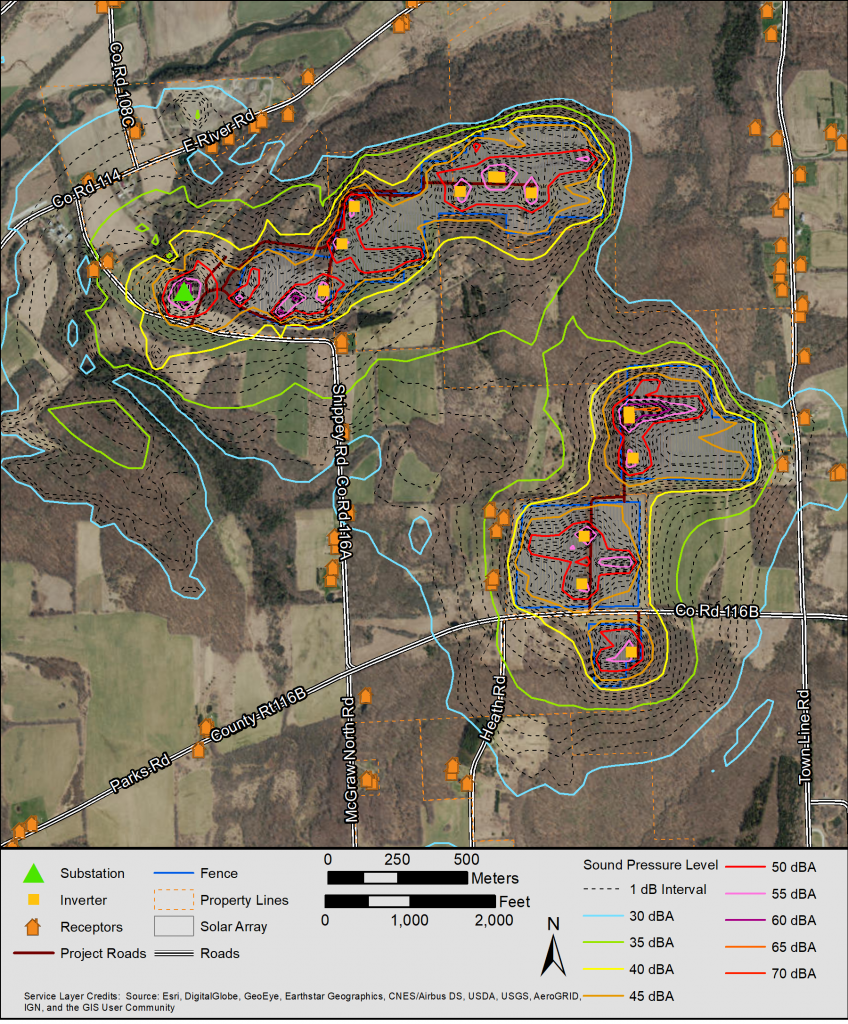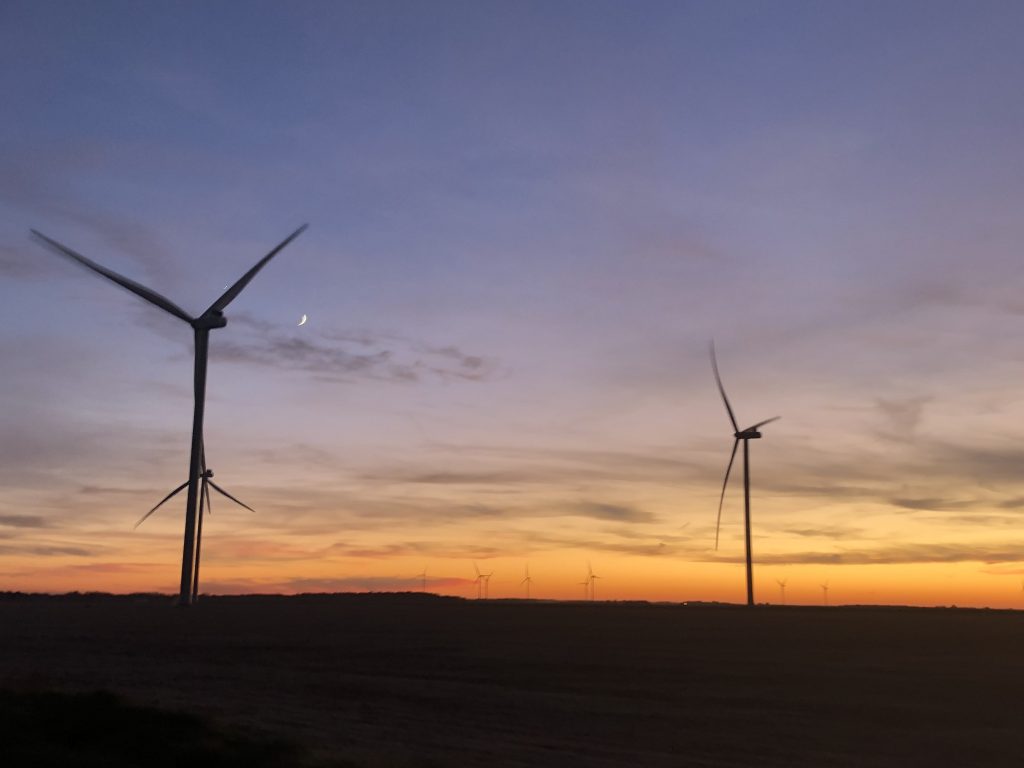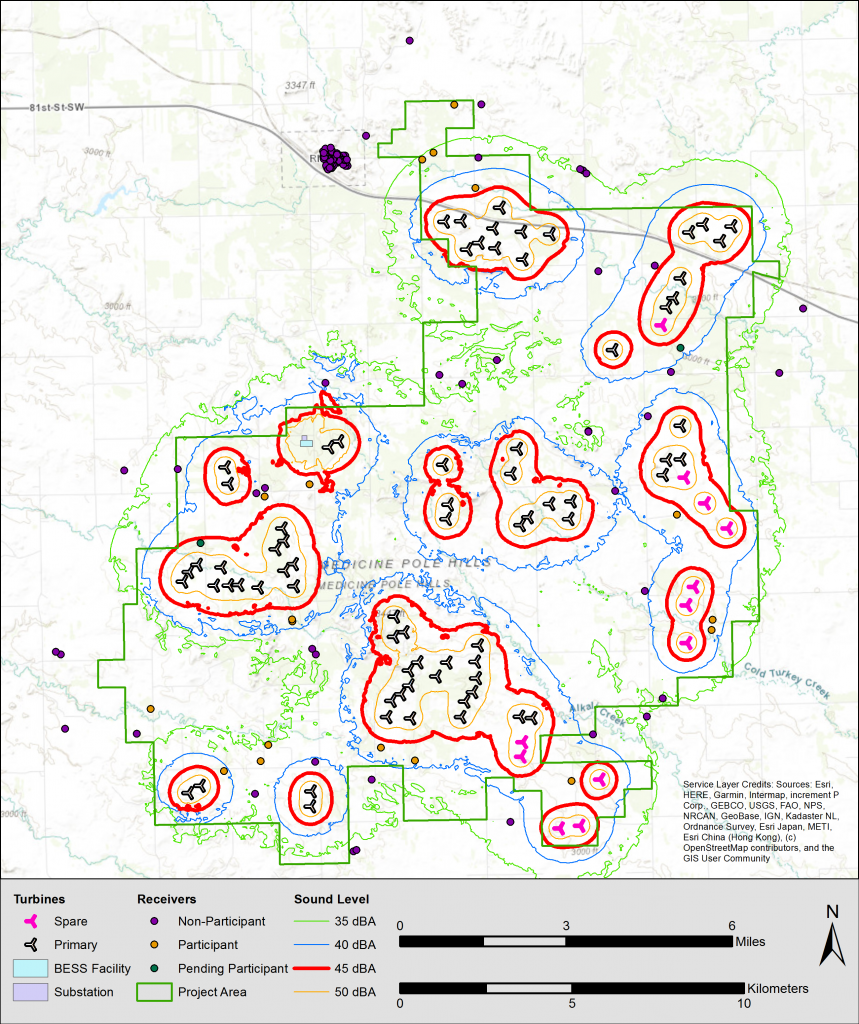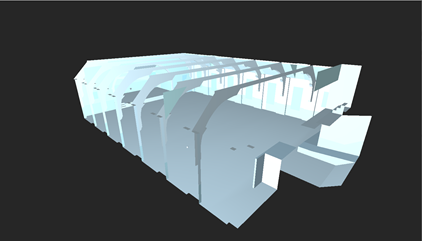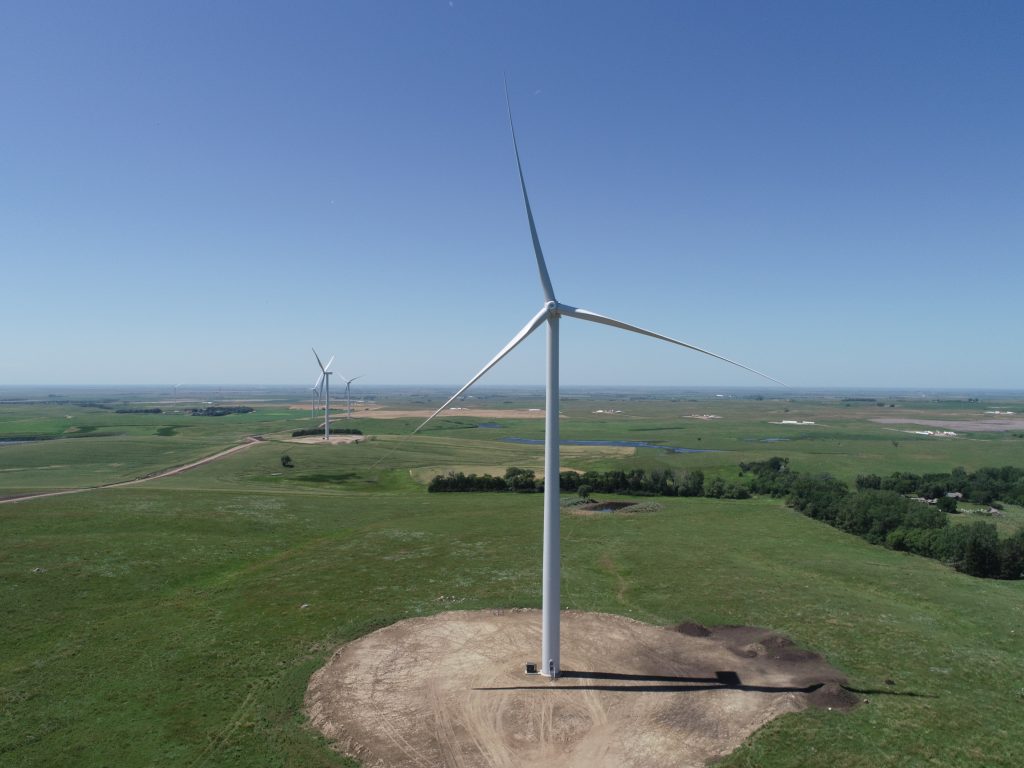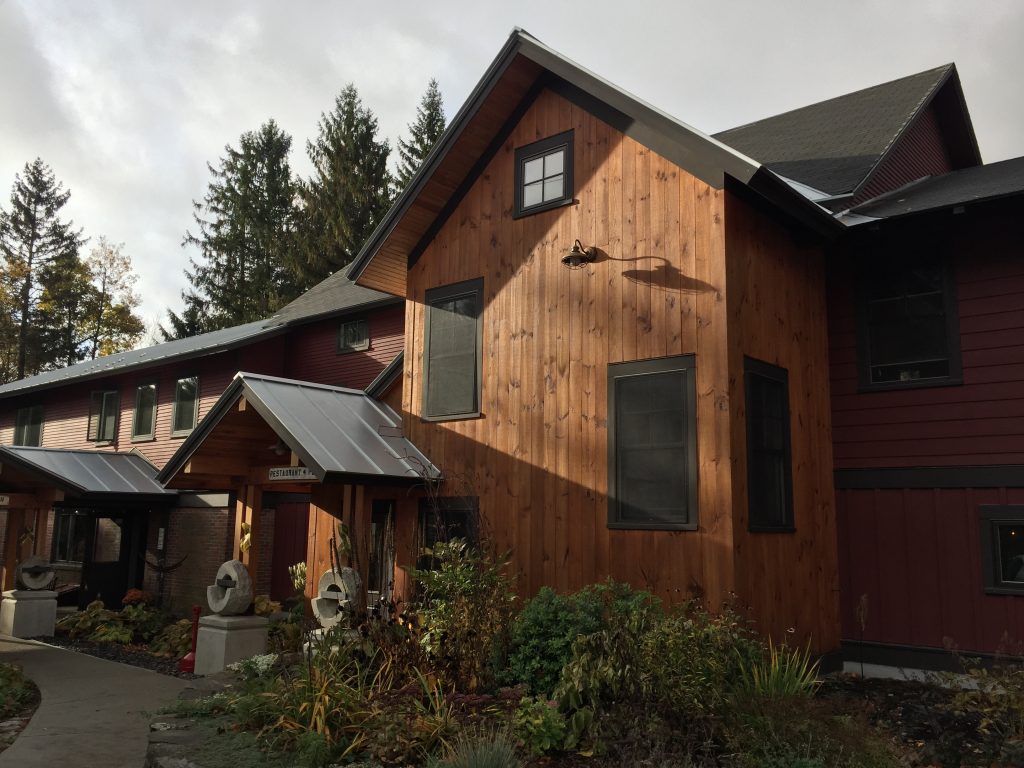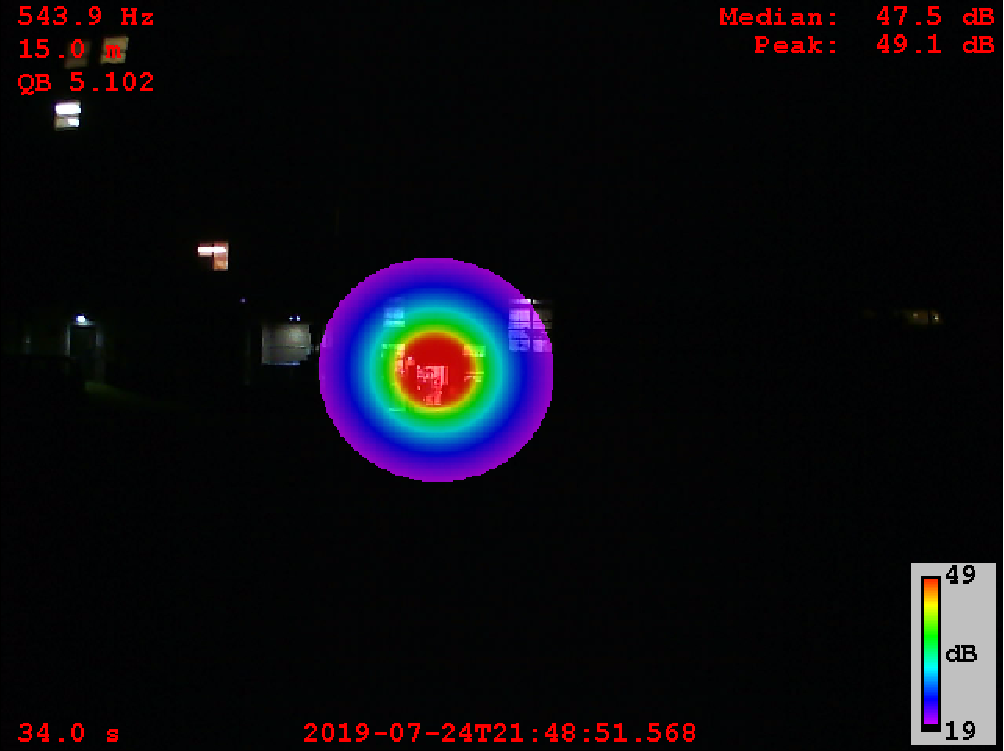Homer Solar Farm Noise Assessment
Homer Solar Farm is a proposed 90-megawatt solar energy generation facility in New York State. As part of the permitting process, EDF Renewables sought noise control engineering services to comply with New York Codes, Rules, and Regulations (NYCRR), Part 900 (also known as Section 94-c). RSG completed a project noise impact assessment for the facility….
Sugar Creek Wind Project Preconstruction Modeling and Postconstruction Monitoring
The Sugar Creek Wind Project is a 57-turbine wind farm in Logan County, Illinois, with a capacity of up to 202 megawatts. The project is owned by Sugar Creek Wind One, LLC, a subsidiary of Liberty Renewables. As part of the permitting process for both the preconstruction and postconstruction phases, the developers sought noise control…
Bowman Wind Farm Sound Propagation Modeling
The Bowman Wind Farm is a proposed 200-megawatt (MW) wind energy facility in southwest North Dakota. The site also includes a 400 MWh battery energy storage system. As part of the permitting process for the Bowman Wind Farm, Apex Clean Energy sought noise control engineering services. These services were in support of Apex’s application for…
Corridor Management Plan for Mount Rainier National Park
A Pacific Northwest icon, Mount Rainier National Park (MORA) is popular, attracting millions of visitors. However, its popularity has degraded park resources and increased traffic in and through gateway communities. This, in turn, has hurt visitors’ experiences during peak periods. As a result, the National Park Service (NPS) sought to develop a corridor management plan…
Benefit-Cost Analysis Tool Development, Optimization, and Refinement
Since 2012, RSG has served as an on-call contractor for maintaining and enhancing the San Diego Association of Government’s (SANDAG’s) activity-based model. As part of these enhancements, SANDAG wanted to build a benefit-cost analysis (BCA) tool. The BCA tool would allow SANDAG to conduct a structured evaluation of transportation investment alternatives in the region. It…
Benefit-Cost Analysis Using Activity-Based Models
Public agencies require accurate information about future scenarios to make informed policy choices. Determining what policies to support or investments to make is complicated. Traditional benefit-cost analysis (BCA) tools get at the economic impact of these decisions. However, when a BCA is based on aggregate trip models, it can result in aggregation bias, or the…
Implementing the National Intercity Bus Atlas
The American intercity bus industry is poorly understood and underappreciated. Unlike the air, auto, and rail industries, a federal agency to represent the bus industry does not exist. Congress also left the bus industry out of relief passed at the outset of the COVID-19 pandemic. Moreover, the current intercity bus market is one in which…
Big Data Origin-Destination Study in California
The California Department of Transportation (Caltrans) District 9 has conducted an origin-destination study in the region roughly every 10 years since 1979. Each origin-destination study furthers Caltrans’ understanding of how visitors use District 9’s highways. However, despite the studies’ importance, the intercept surveys had been constrained by the previous data collection method. This method used…
Auditorium Acoustical Renovation
The City of St. Albans, Vermont, has a multipurpose room in City Hall that is used for dances, sports, auctions, fitness classes, meetings, and more. The City expressed several concerns with the acoustical space, including inadequate speech intelligibility and lack of clarity in music performances. RSG assisted the City with improving the clarity of both…
Wind Farm Noise Impact Assessment
National Grid Renewables developed Crocker Wind Farm, a 200-megawatt wind energy project located in Clark County, South Dakota. To prepare the project for permitting, RSG was hired to conduct a noise compliance assessment. The assessment included preconstruction background sound-level measurements over a one-week period, sound-propagation modeling of several turbine models, and development of noise mitigation…
Community Noise Mitigation Planning for a Wedding Venue
The Mad River Barn Inn & Restaurant, which is in a scenic area of the Green Mountains in Vermont, hosts several outdoor weddings each year. The weddings had been hosted under a tent canopy, but the venue was looking to develop a more permanent structure. The proposed pavilion would be partially open to the outdoors…
Hospital Boiler Room Noise Mitigation & Compliance Assessment
A hospital was applying for a state permit to replace their existing boilers and asked RSG to conduct a noise assessment of the proposed changes. The assessment was triggered by state noise requirements and the hospital’s understanding of noise concerns within the neighboring residential area. In response, we measured sound levels of the equipment associated…

